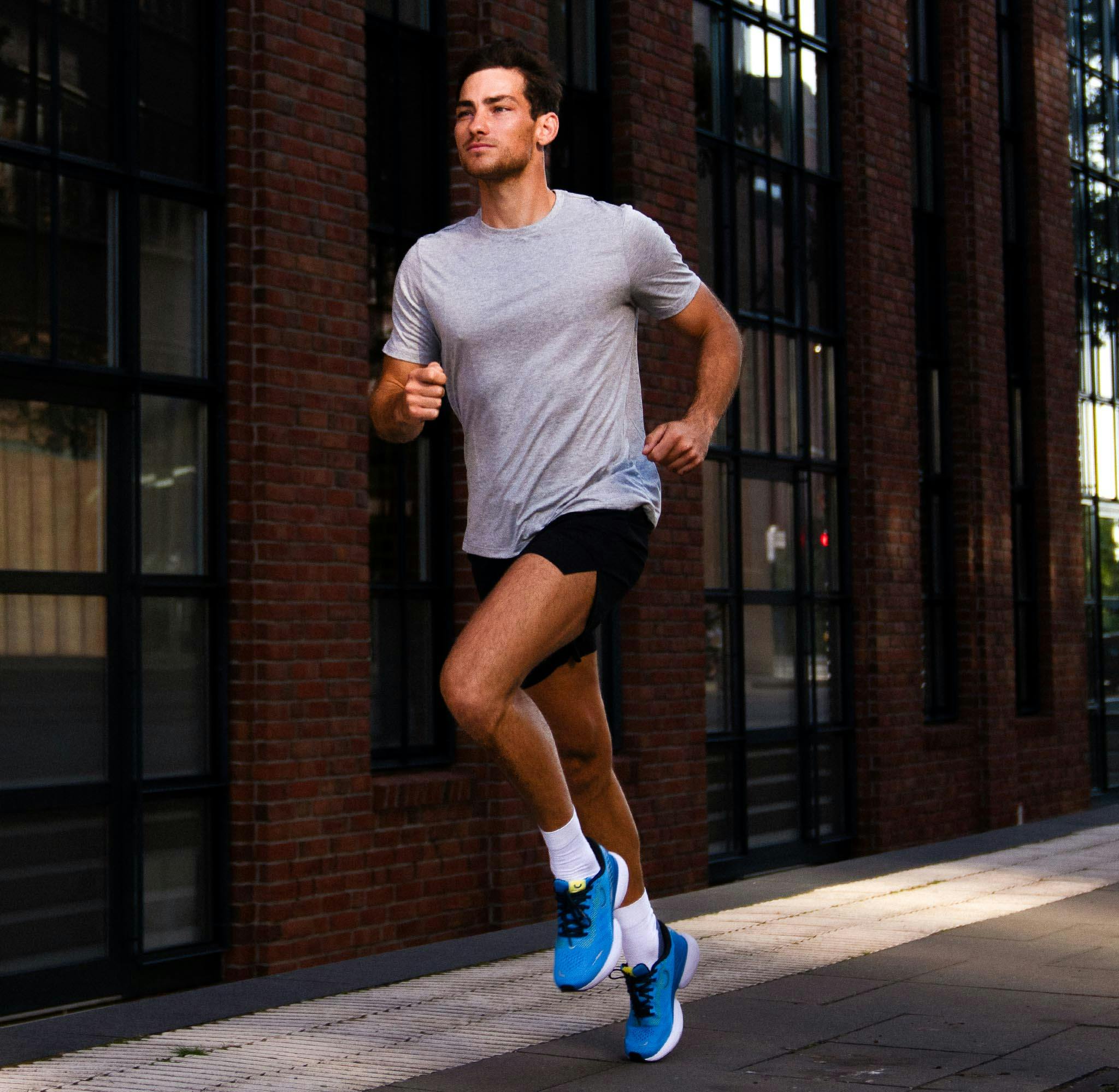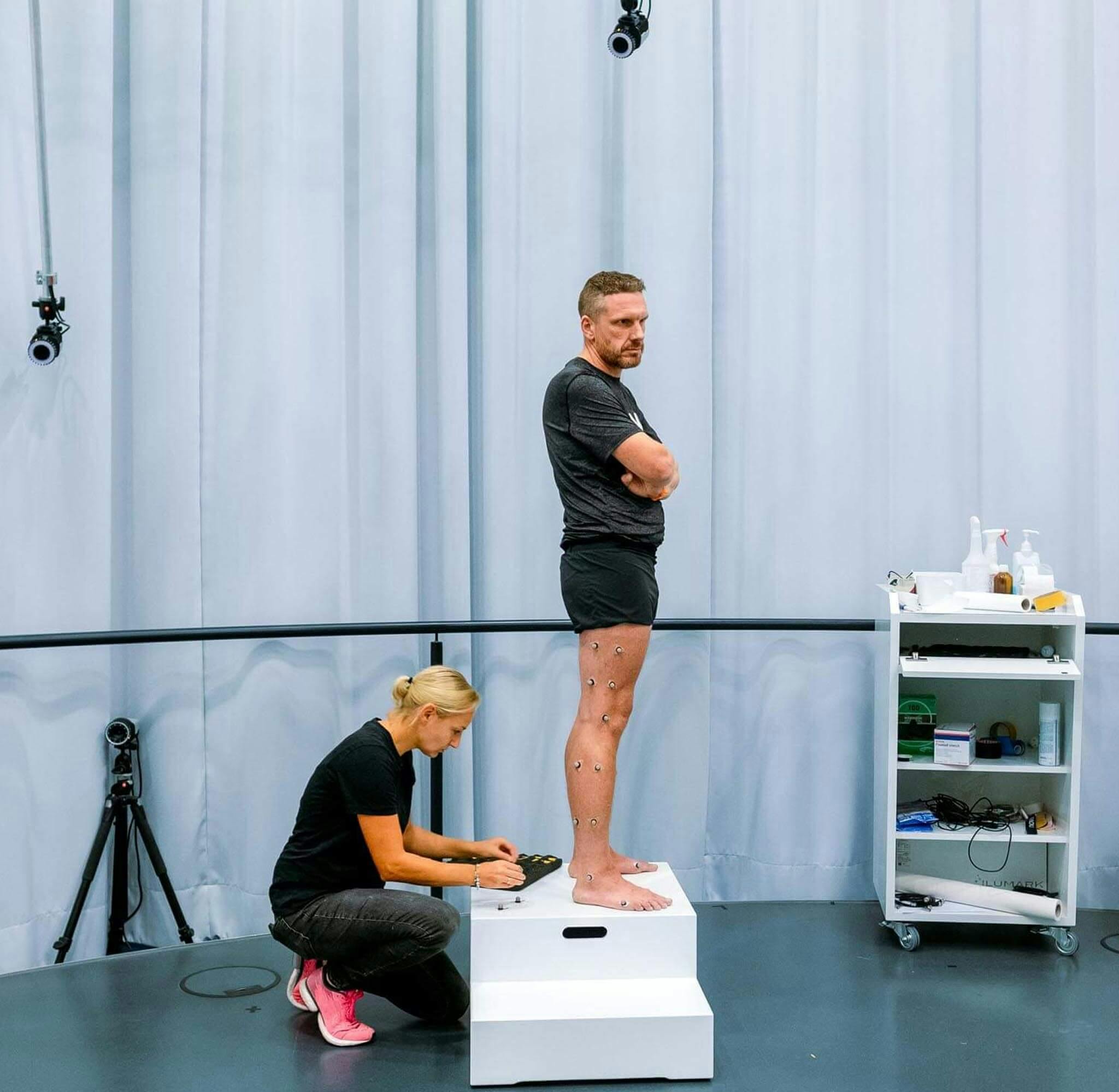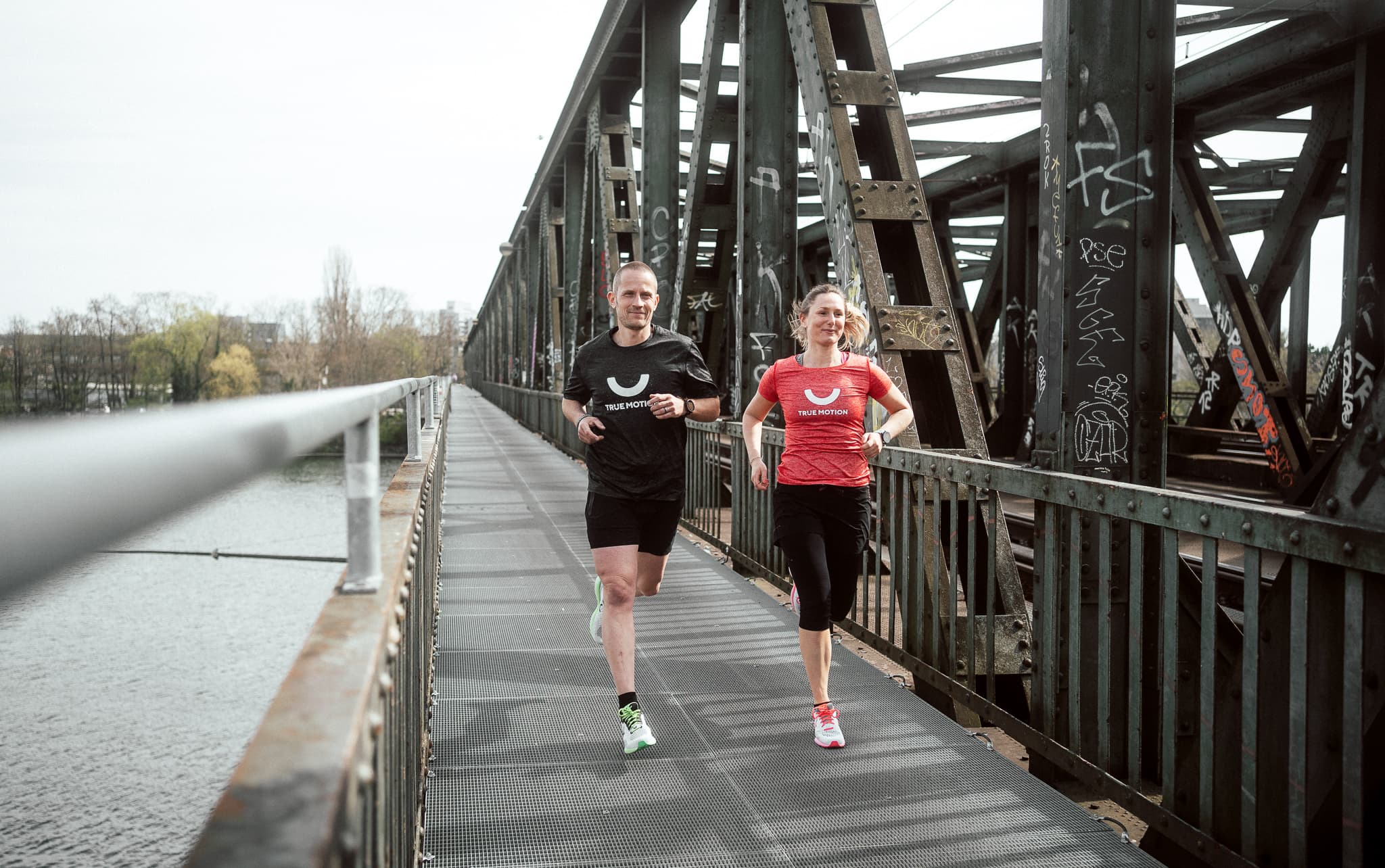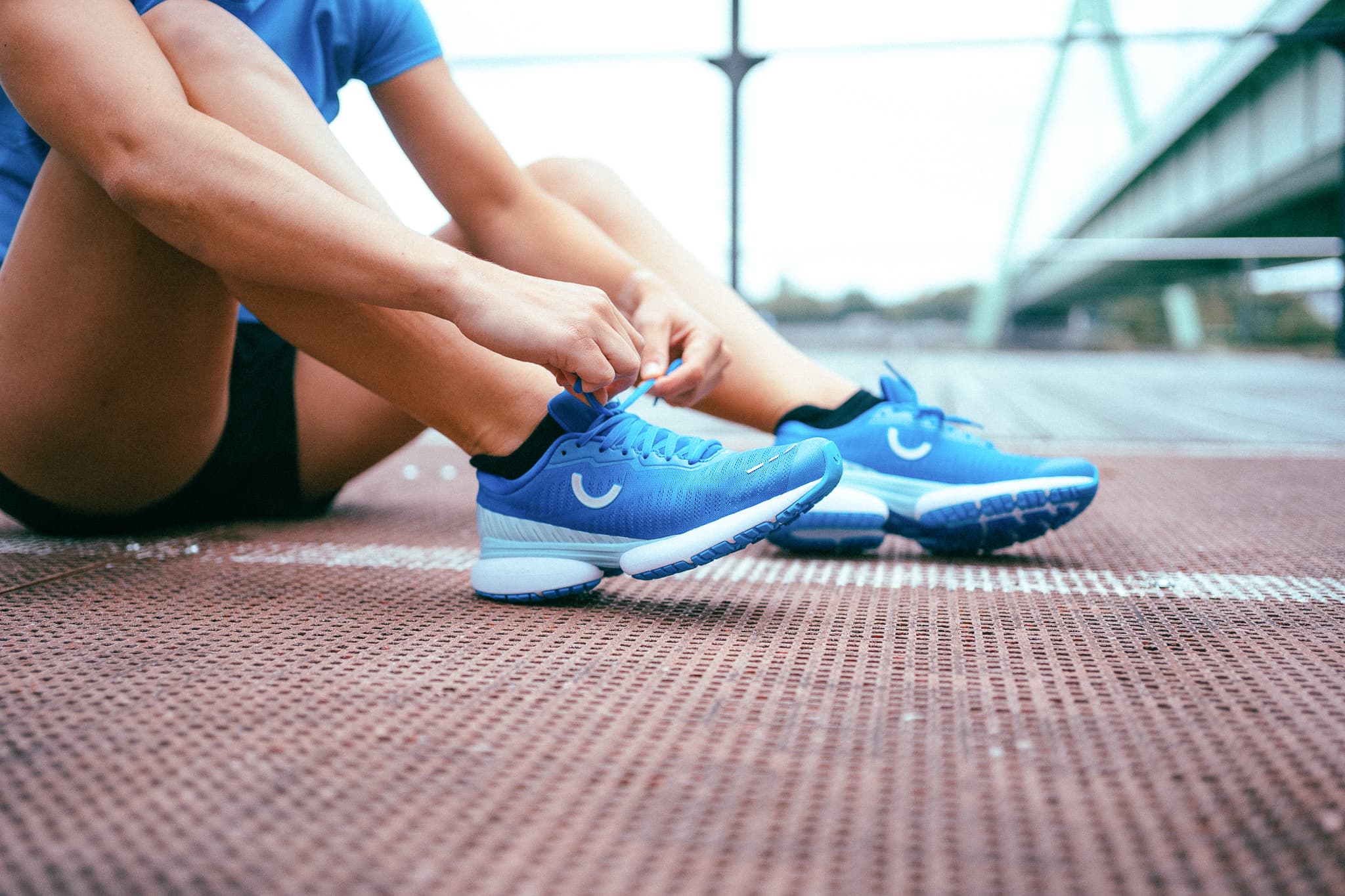
For the Perfect Fit: How We Lace Up Running Shoes Correctly
For the perfect fit: How we lace running shoes correctly
27th March 2022
Pressure pain at the instep, too little support at the ankle – an incorrect lacing technique can quickly rob us of our passion for running. Small tips and tricks for lacing can tweak our running experience even if we already have the best running shoe. Expert Eva Hirschhäuser explains in which cases the so-called marathon lacing makes sense – and what we can do if we feel pressure pain at the instep.
Content:
Don’t lace up too tight – how to avoid wrinkles in the upper
Marathon lacing – the right lacing technique for even more support
Avoiding pressure points – the right lacing technique against pain at the instep
First aid for long laces
One thing is certain: the perfect running shoe has to fit right – even if we only lace it the regular way. When we try on different running shoes in the store, our very individual comfort filter often shows us whether a running shoe fits us and our feet. And yet, with the right lacing technique, we can further improve support and comfort even in the best running shoe – and avoid pressure pain.
Incidentally, how well a knot holds up while running does not depend primarily on the lacing technique. Rather, the shape and material of the laces determine whether it comes loose or stays in place. For example, oval, elastic laces like those used in True Motion running shoes prevent tied laces from coming undone quickly.
Don’t lace up too tight– how to avoid wrinkles in the upper
Wrinkles in the upper of the running shoe not only look untidy but can also quickly become uncomfortable. “To prevent wrinkles in the first place, we shouldn’t lace the running shoe too tightly,” says Eva Hirschhäuser, Tech & Brand Representative at True Motion. Nevertheless, our foot should be well-supported in the running shoe.
“The best way to avoid wrinkles is to tie the laces a little looser in the lower holes and tighten them all the more neatly in the upper holes,” explains the expert. “It’s crucial that the running shoe fits properly at the ankle and the midfoot.” This lacing technique usually works well.
Marathon lacing – the right lacing technique for even more support
Despite tight lacing in the upper part of the instep we sometimes still have the feeling that our running shoe is just too loose. “If this is the case, the so-called marathon lacing helps,” says Eva Hirschhäuser. It not only provides even better support in the ankle area – but is also the ideal lacing technique, especially for competitions.
YOUR BEST FRIEND FOR EVERY DAY:
DISCOVER THE U-TECH NEVOS
YOUR BEST FRIEND FOR EVERY DAY:
DISCOVER THE U-TECH NEVOS
Our Goldkind! The U-TECH Nevos continues our running shoe revolution in a perfected manner: it delivers even more innovation and will be your faithful training partner. Its extremely comfortable cushioning and smooth transition will inspire you step by step. The U-TECH Nevos offers a dynamically tuned running feel and a perfect fit. Our famous trampoline effect and physiological centering provide support and natural stability on all your runs.
The uppermost, slightly offset lacing hole is intended for marathon lacing. Anyone who has ever taken a closer look at their running shoes will have discovered it at the upper end of the lacing strip. For marathon lacing, we now thread the laces into this exact hole from the top, creating a small eyelet on either side.
“Now we pass the opposite ends of the shoelace through this small loop and pull it tight towards the back,” explains the expert. Then we can finish tying the laces the regular way.
Avoiding pressure points – the right lacing technique against pain at the instep
“For some runners, lacing causes pain at the instep,” says Eva Hirschhäuser. The trigger are usually pressure points on the tendons. “If this is the case, you can skip a lace hole in exactly these places when tying your shoes.”
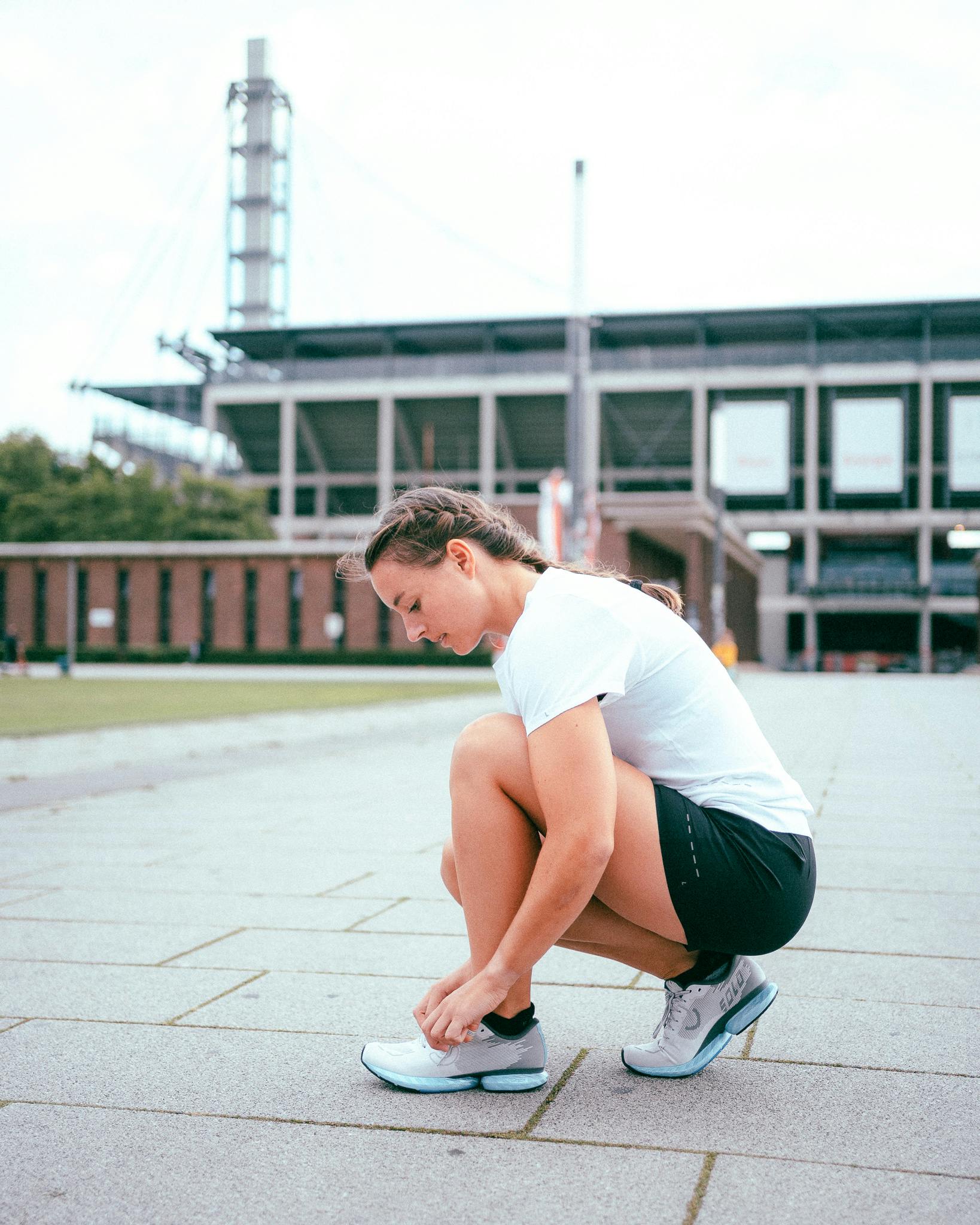
To do this, we unthread the laces down to the pressure point, leave the hole open when threading, and lace up our running shoe normally. In most cases, this will do the trick. The problem is that the laces are often a little too long – and may get in the way the next time we run.
First aid for long laces
“Shoelaces that are too long are a nuisance when running,” says the expert. However, before we exchange them for shorter ones or even cut them off, we can lace them differently. “In most cases, the typical double knot already helps.” If the laces are still too long after that, we can thread them under the lacing along the instep. “The good thing,” says Eva Hirschhäuser, “is that they won’t be wobbling around on your foot during your next run.”

NEVER RUN OUT OF
NEWS
Discover all True Motion stories – and be the first to hear about new products, promotions and events. Simply, center your run!
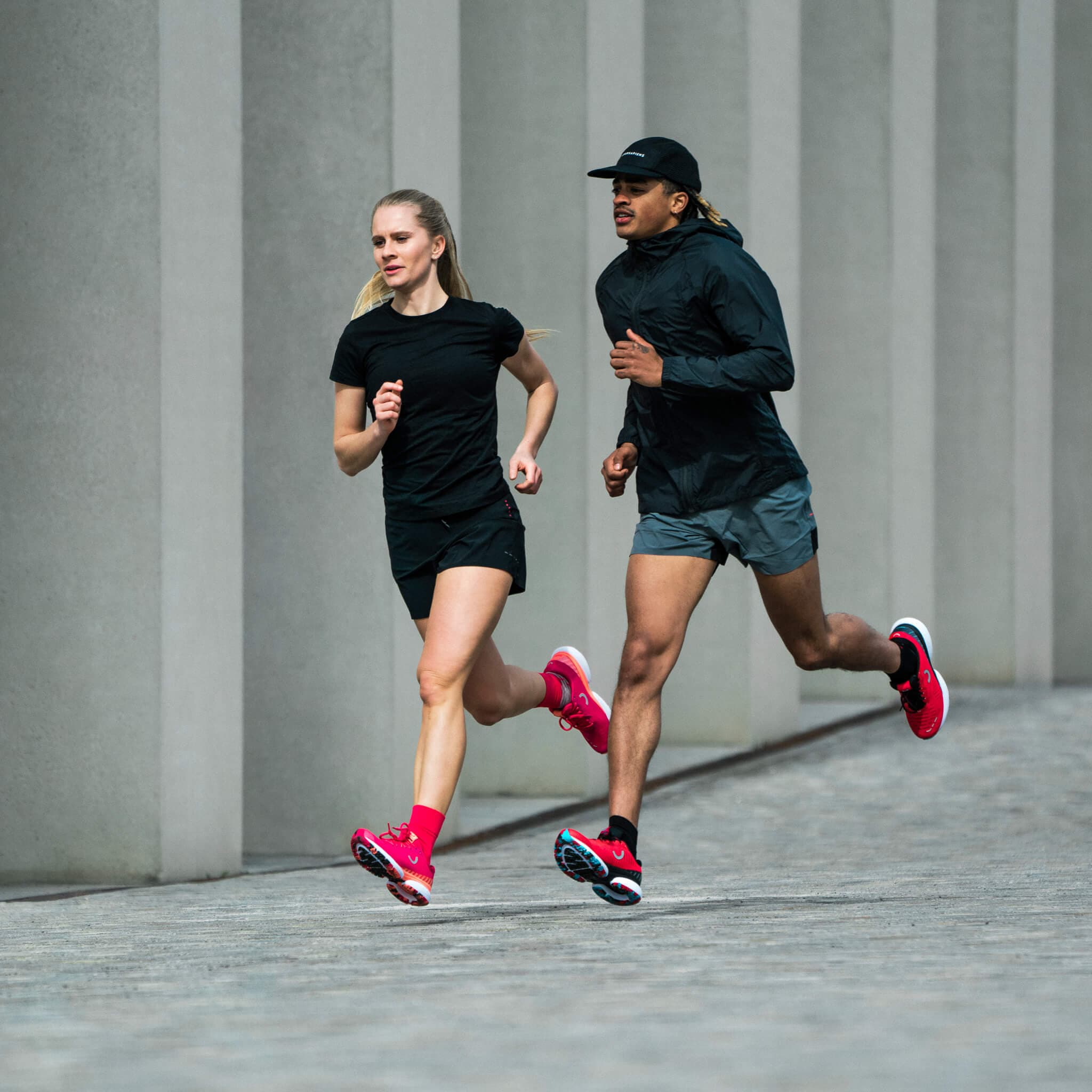
NEVER RUN OUT OF
NEWS
Discover all True Motion stories – and be the first to hear about new products, promotions and events. Simply, center your run!
READ THE NEWEST
U-RUN STORIES
Sabrina Mockenhaupt: This shoe got me running again
2025-10-31

Sabrina Mockenhaupt has achieved everything that many runners dream of. Running was and is her life, until the pain eventually became too much. Today, she is running pain-free again – this is her story.
Laura Schmidt: I have rediscovered running for myself
2025-03-07
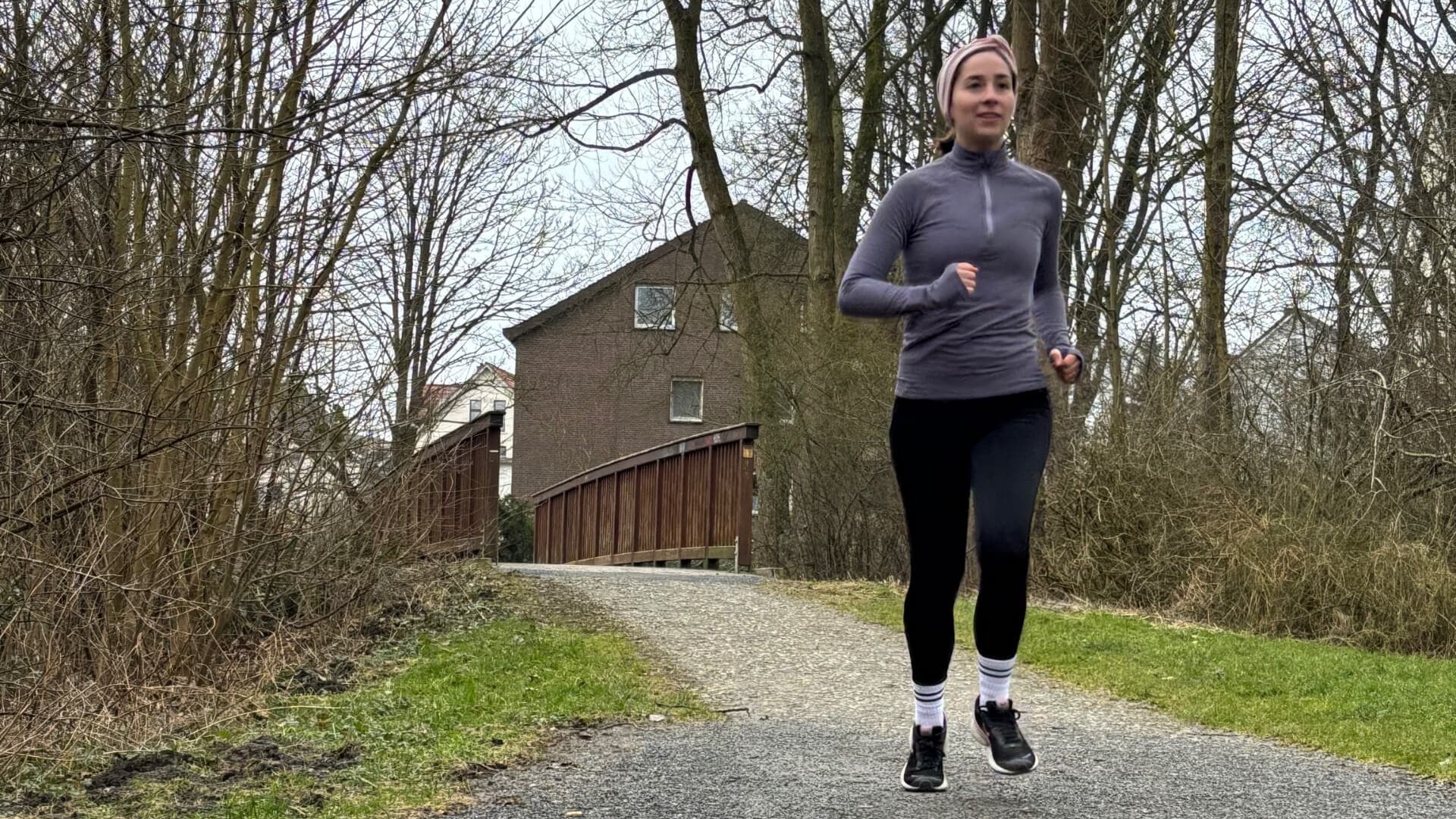
My name is Laura. I started running eight years ago – to clear my head after work. But knee pain kept me from being able to run regularly. A new pair of running shoes was finally the solution. Today I run pain-free. This is my true runner story.
READ THE NEWEST
U-RUN STORIES
Sabrina Mockenhaupt: This shoe got me running again
2025-10-31

Sabrina Mockenhaupt has achieved everything that many runners dream of. Running was and is her life, until the pain eventually became too much. Today, she is running pain-free again – this is her story.
Laura Schmidt: I have rediscovered running for myself
2025-03-07

My name is Laura. I started running eight years ago – to clear my head after work. But knee pain kept me from being able to run regularly. A new pair of running shoes was finally the solution. Today I run pain-free. This is my true runner story.
RECOMMENDED BY








RECOMMENDED BY








GET 10 % OFF YOUR FIRST ORDER!
Get your personal running updates with exclusive discounts, product news, training plans and tips for healthy running - straight to your inbox. 10% discount on your next order.
SERVICE
ABOUT US
© 2025 True Motion Running GmbH


